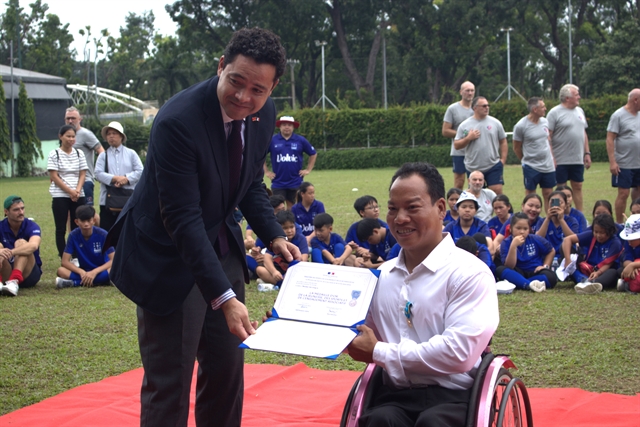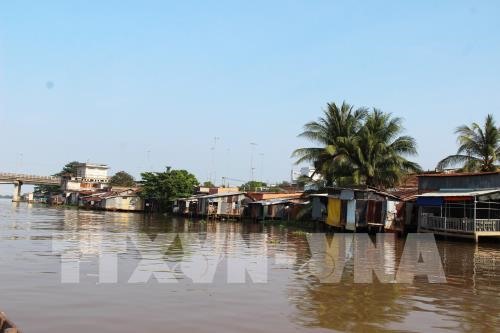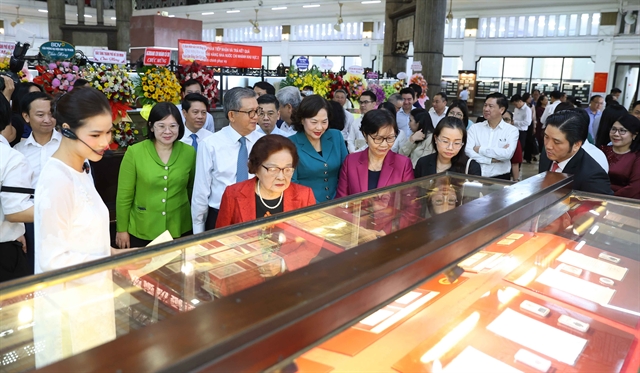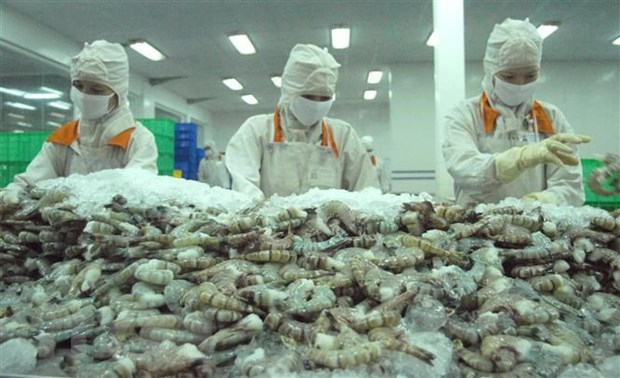 Society
Society

The People’s Committee of the southern Tây Ninh Province has approved of a VNĐ1 trillion (US$44 million) project on building a canal irrigation system, located west of the Vàm Cỏ Đông River.
 |
| Houses beside the Vàm Cỏ Đông River in the southern Tây Ninh Province. — VNA/VNS Photo Lê Đức |
HÀ NỘI — The People’s Committee of the southern Tây Ninh Province has approved a VNĐ1 trillion (US$44 million) project to build a canal irrigation system west of the Vàm Cỏ Đông River.
The system will lead water from the Dầu Tiếng Resevoir, 57km north of the river, to serve 17,000ha of agricultural land in the province.
It will also provide water for industrial and cattle raising activities, and domestic use in Châu Thành and Bến Cầu districts.
The system will cost VNĐ1 trillion to build, with VNĐ650 billion ($28.6 million) supported by the State’s budget. The remaining amount is contributed by the province’s budget and other capital resources.
It consists of three aqueducts, including two main canals and one major distributory one.
The first main canal is 16.7km long with head discharge of 14.8cu.m per second, taking water from the reservoir. The second is 29.4km long with head discharge of 12cu.m per second, connected to the first one.
The major distributory canal is 71.7km long, leading water to production areas in Châu Thành and Bến Cầu districts.
The system will be constructed from 2018-22.
Võ Đức Trọng, director of the Tây Ninh Department of Agriculture and Rural Development and the project’s director, said that the system would serve demand for irrigation water on the west side of Vàm Cỏ Đông River.
“Local farmers here have been struggling with the area’s arid natural conditions,” he said.
“The system will help tens of thousands of households be in control of their agricultural production in the dry season, and gradually improve their livelihoods,” he said. — VNS


.jpg)

